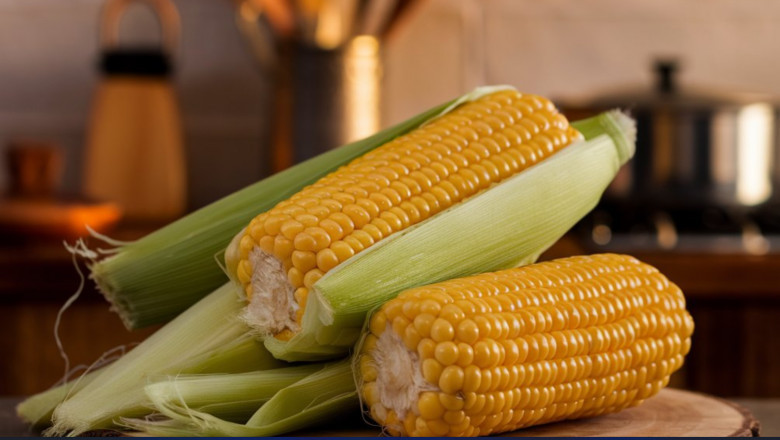views
If you're following a low FODMAP diet, you may be wondering cornflour fodmap where levels fall. Cornflour, also known as cornstarch in the U.S., is a common thickener in cooking and baking. Fortunately, when consumed in moderate amounts, it is considered low in FODMAPs and generally safe for people with IBS.
What Is Cornflour?
Cornflour (or cornstarch) is made by extracting the starchy part of the corn kernel. It’s a fine, white powder commonly used to thicken sauces, soups, and desserts. Unlike whole corn or high-fructose corn syrup, cornflour contains very little fermentable carbohydrate, which means it doesn’t typically trigger IBS symptoms when eaten in controlled portions.
Is Cornflour Low FODMAP?
Yes—Monash University has tested cornflour and determined that it is low FODMAP in servings of up to 100 grams (about 2/3 cup). That’s much more than you would typically use in a single recipe, which makes it a safe pantry staple for low FODMAP cooking.
How to Use Cornflour on a Low FODMAP Diet
-
Thickening Agent: Add 1–2 teaspoons to soups, sauces, and gravies.
-
Baking: Use it in gluten-free or low FODMAP baking recipes to improve texture.
-
Coating: Lightly coat meats or tofu before pan-frying for a crispy texture without triggering symptoms.
When buying cornflour, make sure it’s pure cornstarch without added high-FODMAP ingredients like inulin or flavorings.
Common Confusion: Cornflour vs. Cornmeal vs. Cornstarch
-
Cornflour and cornstarch are often used interchangeably (especially in the U.S. and U.K.).
-
Cornmeal is not the same—it’s made from ground whole corn and may contain higher FODMAP levels, depending on portion and preparation.
Conclusion
To sum up, cornflour fodmap content is low, making it a safe choice for those managing IBS symptoms. When used in moderation and in its pure form, cornflour can be a helpful, gut-friendly ingredient for a variety of recipes on a low FODMAP diet.














Comments
0 comment